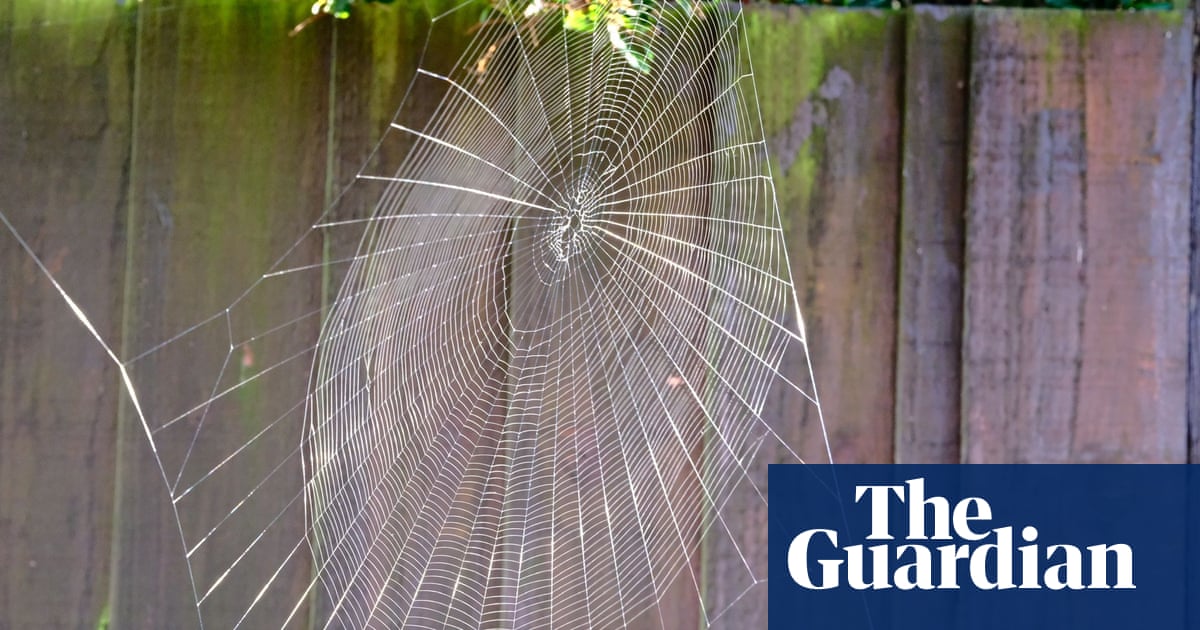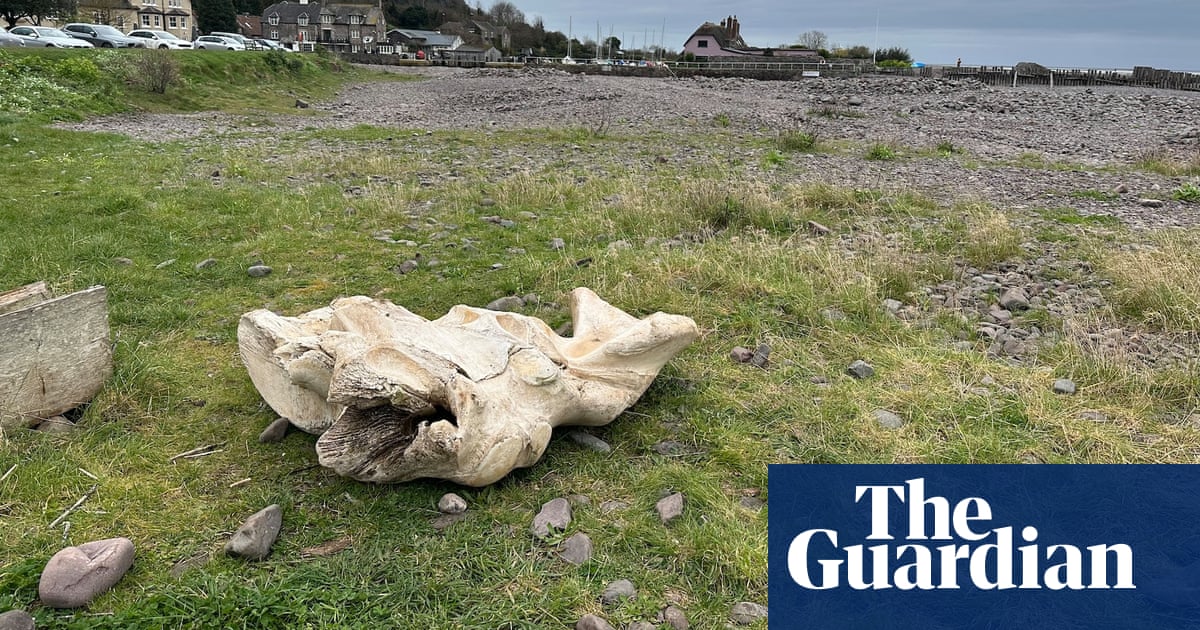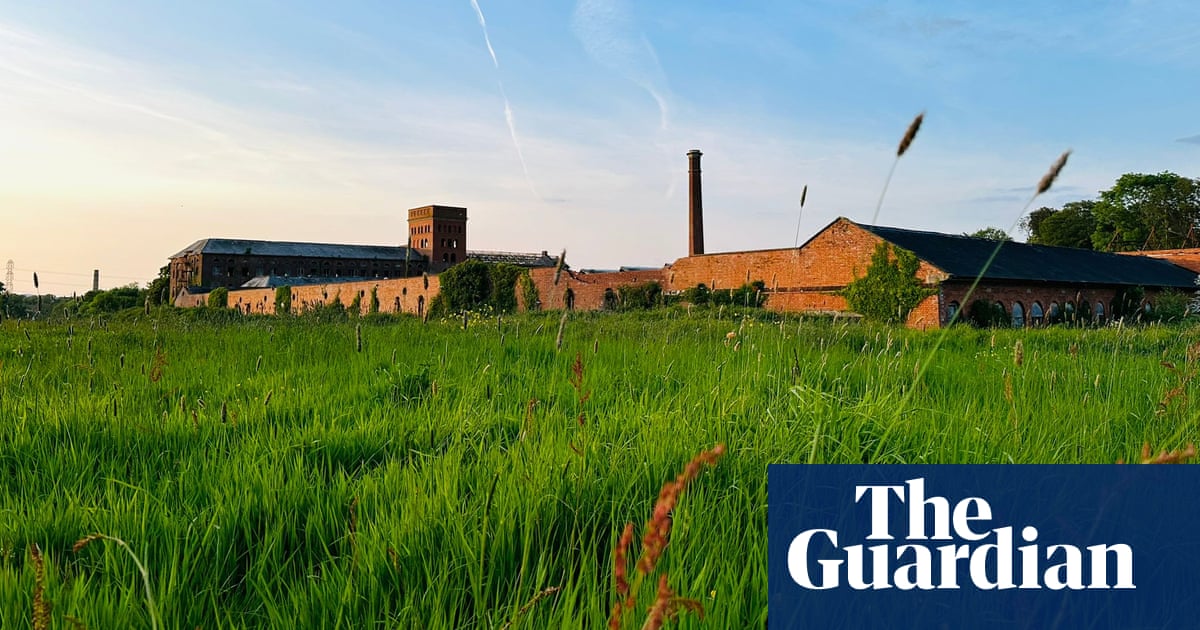
It is a terrible day to be walking on the fells of the Lake District, but here we are, staggering along the Cat Bells ridge under a violent, cacophonous wind. A little punchdrunk, we retire into the Newlands Valley, where we go in search of more sheltered rewards.
After a bit of educated guessing, we find what we’re looking for in the side of the great prow of Scope End: a narrow, misleadingly inconspicuous nook in the hillside.
The Goldscope mine is the handiwork of German miners who were brought over to Cumbria in the 16th century at the behest of Elizabeth I, who needed extra copper to fund a looming war with Spain. Their efforts paid off; the vein at Scope End was so rich they renamed it “Gottsgabt” – or God’s Gift – which eventually became anglicised to Goldscope.
We don headtorches and venture inside, stooping as we go. It is cramped, as you might expect from a tunnel system painstakingly chipped out from the hard Ordovician rock, 300 years before the invention of dynamite. In places I can feel a claustrophobic anxiety rising, but I manage to keep it down. If we had carried on, we would eventually have emerged back into daylight – remarkably, the two ends of this passageway, which were started on opposite sides of the mountain, meet almost perfectly in the middle.
After 150 metres or so we reach a shaft, strung with timbers, which leads to other levels of the mine. I feel a hit of both claustrophobia and vertigo at the same time.
I shiver at the thought of the peril, the pain, the darkness and exhaustion which working in this grim industrial hole must have involved, however skilled or well-paid the work might have been, and feel grateful for being born when I was.
Not being speleological experts, we decide we’ve seen enough at this point, and return to the grey, gusty outside. But we have had a fascinating glimpse into the Lake District’s underworld, and a reminder of this Romantic landscape’s hard-bitten, unromantic past.












